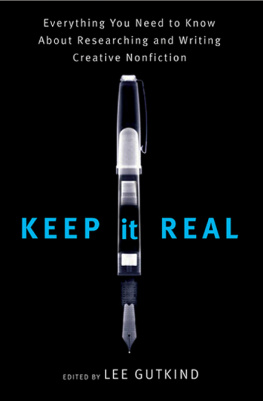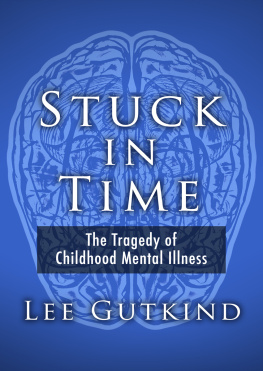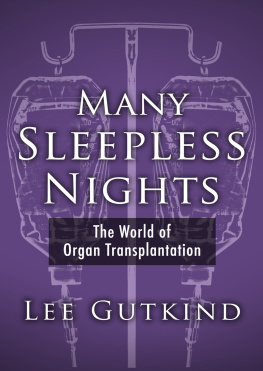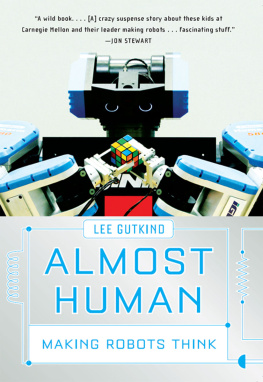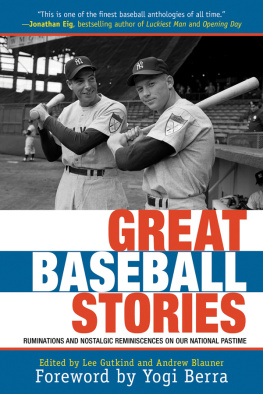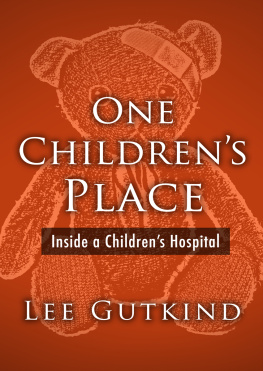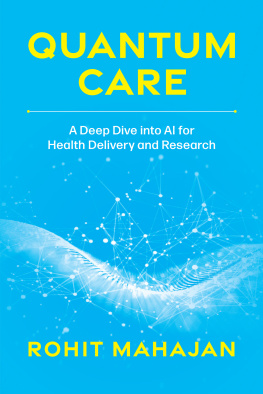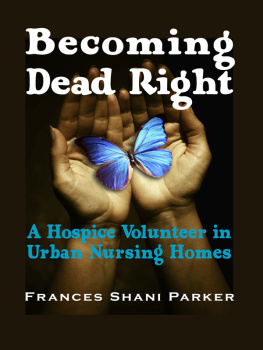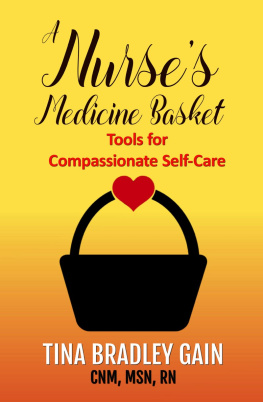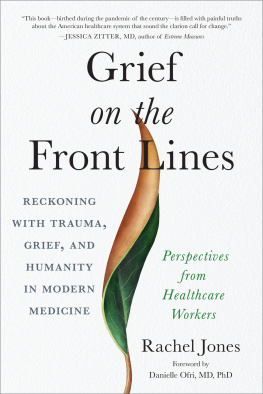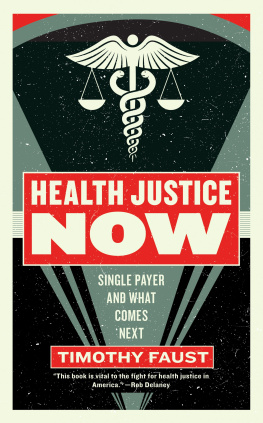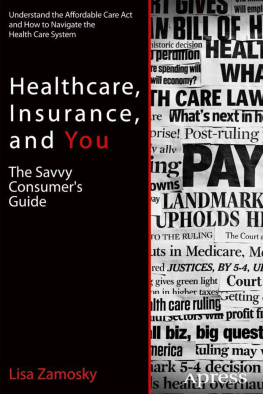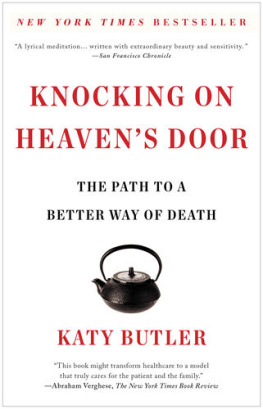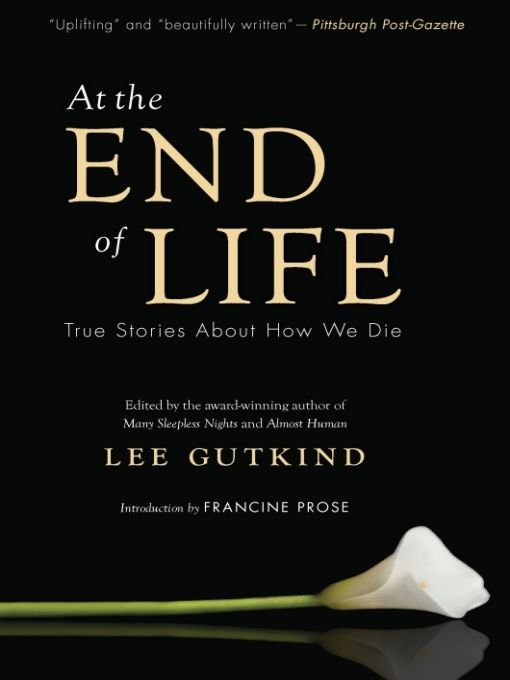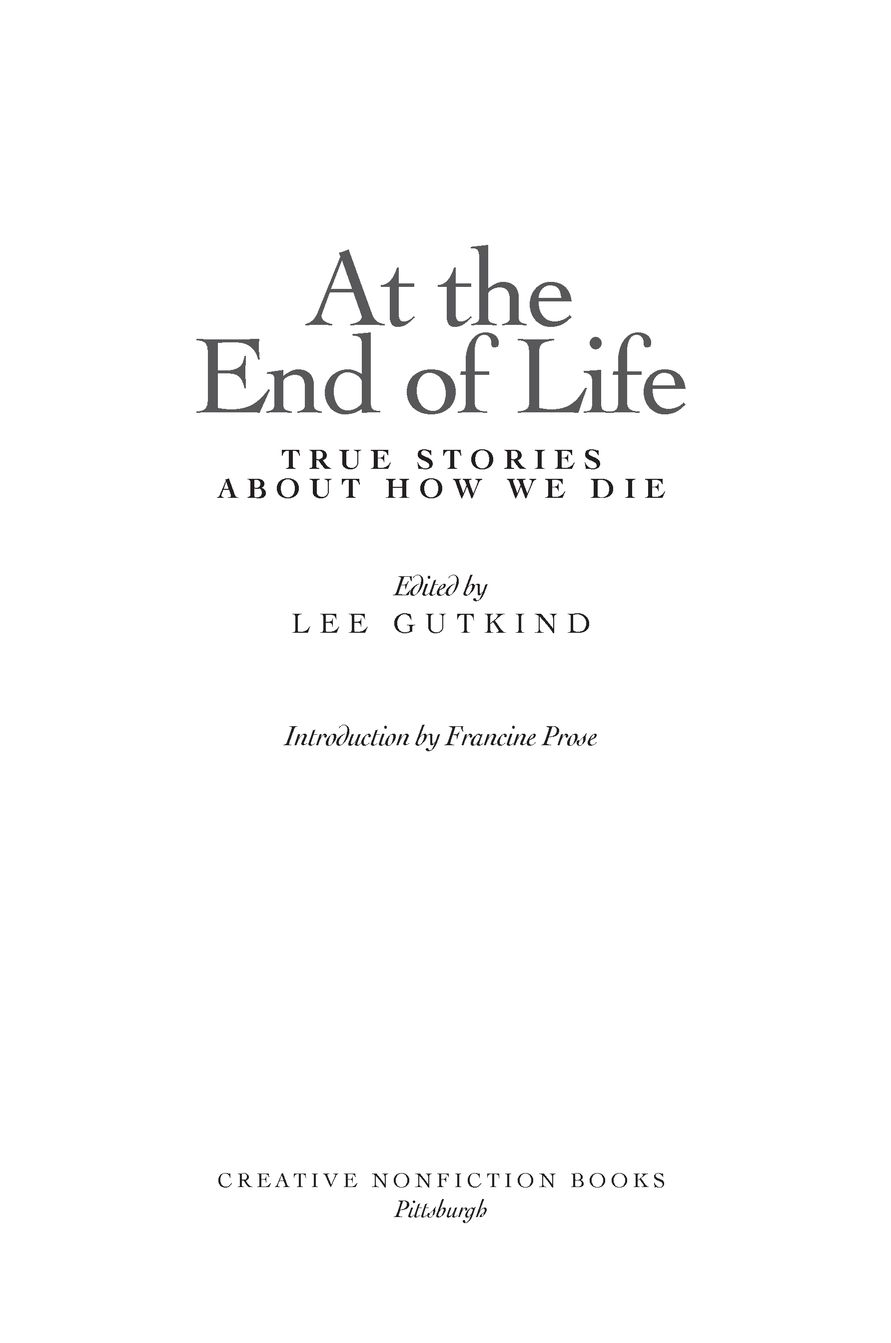Table of Contents
Editors Note
Frank at the Piano
LEE GUTKIND
My friend Frank, a teacher, actor, singer, performer, told me once that he volunteers regularly at a nearby hospice, playing the piano for the residents. I was moved by his effort. I said, You must get great satisfaction knowing you are entertaining these people, soothing them, keeping them comfortable in their final days. More than anything, I added, you must have wonderful conversations with the folks therepatients, staff, everybody.
Frank looked at me with surprise and perhaps with a bit of horror, as if Id said something totally outlandish. Oh, no! he replied vehemently. I couldnt.
You dont go into the patients rooms or chat with the nurses?
No, said Frank. The piano is in one of the front lobby areas. I just go in and I play, and then I leave when I am tired or feel like theyve had enough of my music.
Howwhydid he come to do this? A friend had told him there was a piano in the hallway and that the hospice was looking for people to play it, so Frank arrived one day, unannounced, and played.
While he played that first time, a few people walked by to compliment him, and when he was ready to leave, a lady at the front desk thanked him and invited him back, anytime. So Frank, who is retired and in his seventies, appears at the hospice from time to time and plays the piano. Hes never officially met anyone there, never introduced himself to any of the staff or administration. He appears, plays, and disappears, gliding lightly in and out of this place where people have come to die.
Ive asked him a couple of times if this is his way of connecting with the specter of death, facing the inevitable, and he shrugs, laughs, and says he doesnt know what his piano playing and hospice visiting are all about. And I guess it doesnt matter, because he gets something out of itpleasure, security, reinforcement of his own well-being and health, who knows what else? Perhaps a foreshadowing of what might soon happen to him. Somehow theres a double purpose and benefita therapeutic connection for Frank and a tissue of pleasure for the people for whom he is playing.
I am hoping readers of At the End of Life will receive that same connection and pleasureand an added understanding of the challenges of life and deathfrom the essays collected in this volume.
When one of the editors reviewed the twenty-two essays contained herein, she e-mailed me saying that the combined effect of the book was to her completely depressing. Of course, I told her, we are talking about death, the end of the line. What do you expect?
And then a few weeks later when I began viewing potential cover art for the book jacket this same editor had sent me, all I could think about was how depressing all of the potential visuals seemed to me. And I thought, Well, of coursewhat did you tell your editorial colleague?
But we were both wrong, I think, as I view the entire book, edited now, with jacket and art. Okay, yes, the collection contains sadness, as all works dealing with death must. And yet, the messages inherent in these essays are positive, demonstrating that people can die with strength and dignity and, even more to the point, that their loved ones can endure these deaths and go forward in their lives, with strength and dignity and even a sense of confidence and hope.
We often forget that the death of loved ones has a ferocious impact on the survivorsa burden that can continue long after the funeral and mourning period. For readers and for writers, these essays, no matter how sad aspects of each story might be, illustrate the power of the human spirit to heal, to become renewed, and to come to terms with grief and fear. Reading these essays enhances our understanding now as we contemplate the power of the authors voices and the deep roots of their compassion and will serve perhaps to strengthen us in the future when were confronted by death and loss ourselves, as Franks piano playing brings solace to his listeners today and, perhaps just as important, to the performer tomorrow.
Acknowledgments
At the End of Life is part of a series of narrative books on science and medicine supported by the Jewish Healthcare Foundation, whose primary mission is to support health care services, education, and research and to encourage medical advancement and protect vulnerable populations. On behalf of the writers and staff at Creative Nonfiction who worked on At the End of Life, I would like to thank Karen Wolk Feinstein and her colleagues at the Jewish Healthcare Foundationparticularly Nancy Zionts and Carla Barricellanot only for their support but also for their faith in the power of true stories and bold voices.
I would also like to thank attorney Melissa Irr Harkes for her legal counsel; managing editor Hattie Fletcher for her advice and counsel; and Courtney McCrimmon, Patricia Park, and Sam Gutkind for their editorial assistance. In addition, Id like to thank Keith Gregory, Kathryn Lang, and George Ann Ratchford at Southern Methodist University Press, as well as Andrew Blauner, our agent and friend, for their wisdom and support; the Juliet Lea Hillman Simonds Foundation and the Pennsylvania Council on the Arts, whose ongoing support has been essential to the Creative Nonfiction Foundations success; and the entire staff at Creative Nonfictionespecially associate editor Stephen Knezovich for his editorial and coordinating skill and dedication.
Some names and identifying details have been changed to protect the identities
of people and institutions mentioned in these essays.
Foreword
New Approaches to End-of-Life Care
KAREN WOLK FEINSTEIN
When I was thirty-seven, I watched my sister die of cancer. Her suffering left me with a powerful emotional scar. Shortly after her death, a movie, Terms of Endearment, captured the experience precisely. In both the movie and my sisters real life, a young mother was dying in a hospital intensive care unit. Last-minute scans and denials of pain medication were seemingly cruel and certainly pointless. They had no medical or curative meaning except to help the clinical team do something in a sad situation they couldnt reverse.
As awful as it was to relive my sisters death through the movie, it was somehow consoling to know that her hospital ordeal was not exceptionally horrible; it was the norm.
If you want a meaningful conversation with someone who has suffered a personal loss, ask, How good was your mothers (fathers, husbands, etc.) death? Far too seldom is the response, It was sad but beautiful. Most often youll hear Terms of Endearment horror stories about last-minute meaningless interventions or suffering or general confusion. We have all heard them: My mother wanted to stop treatment; no one would listen, or We begged for a hospice referral, but it was withheld, or We suggested to the doctors that it was time to let him rest in peace, but they kept saying one more test, one more drug.
There is an alternative, however; in the years since my sisters death, hospice care has become more widely available in America. Hospice supports patients and families at the end of life and has done much to make death as pain-free, meaningful, nonmedical, noninvasive, and comforting as possible. Also new is palliative care, a comprehensive approach to patient care that focuses on symptom management.


